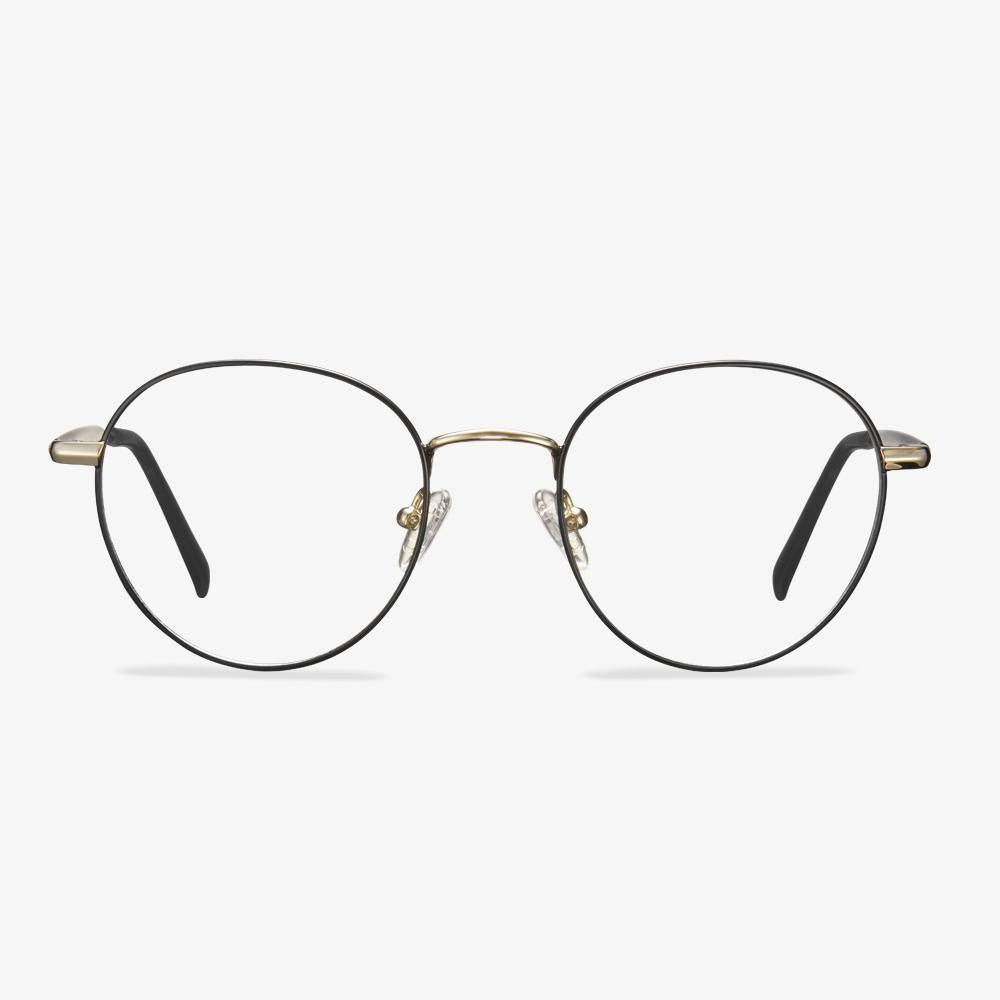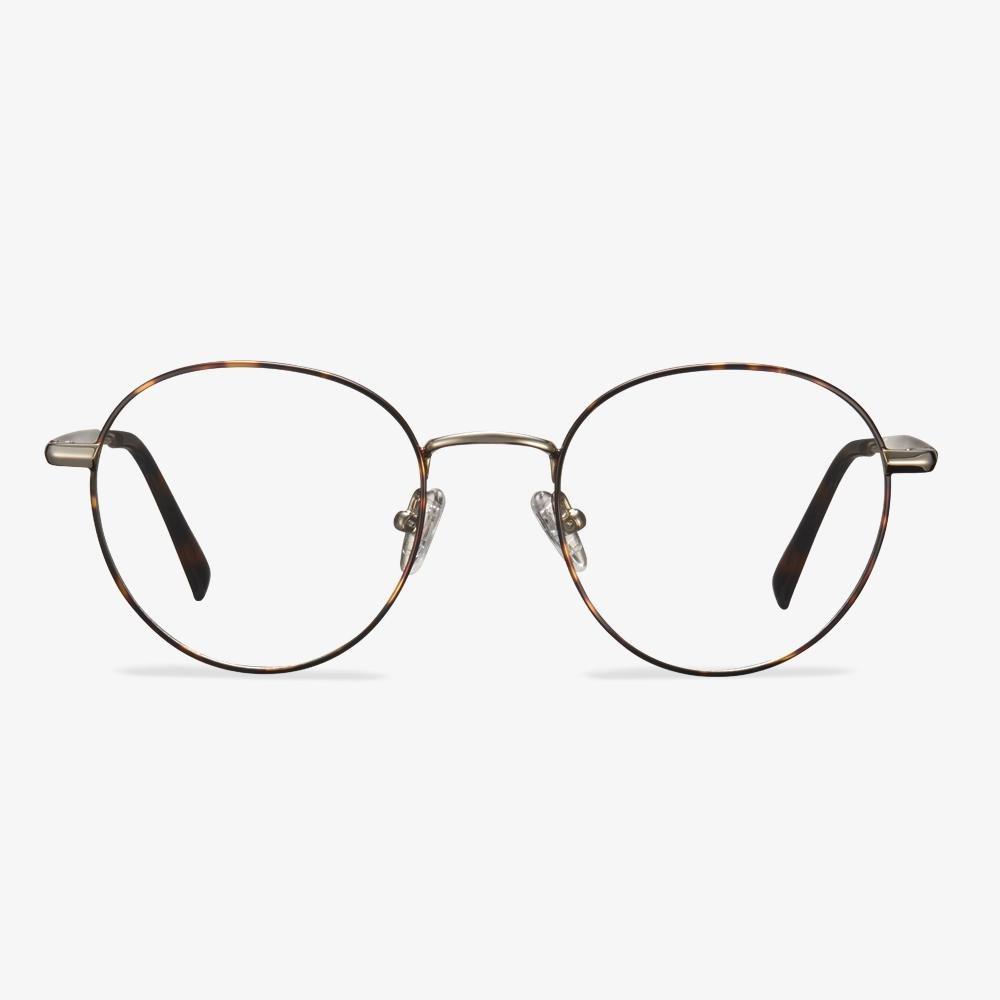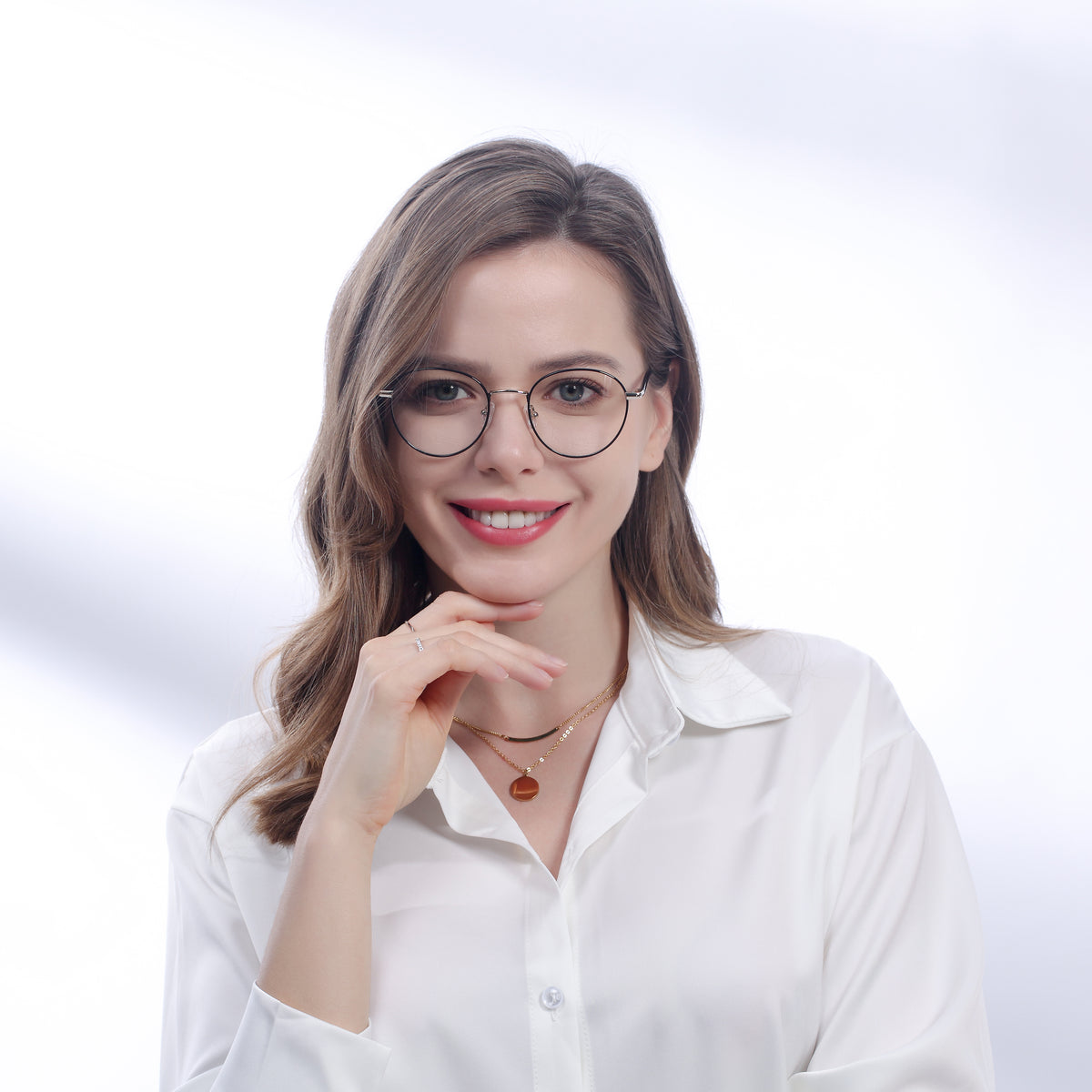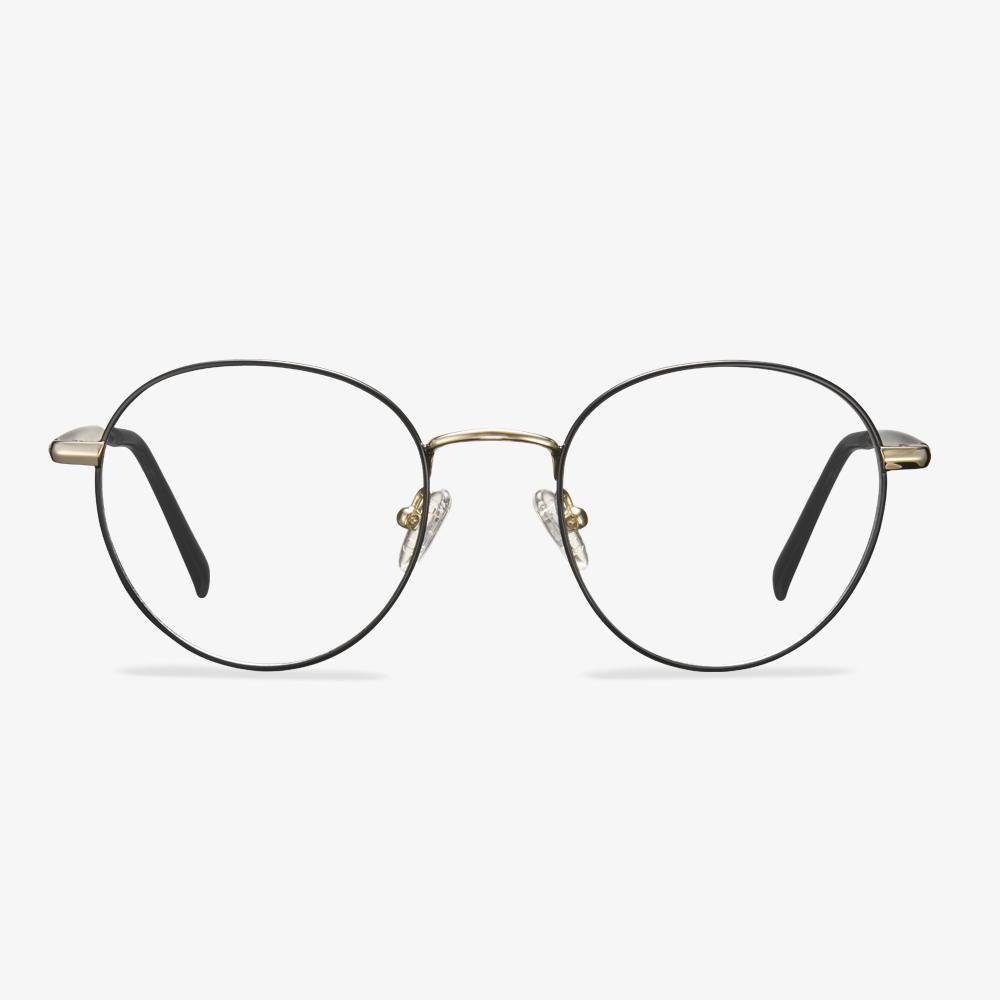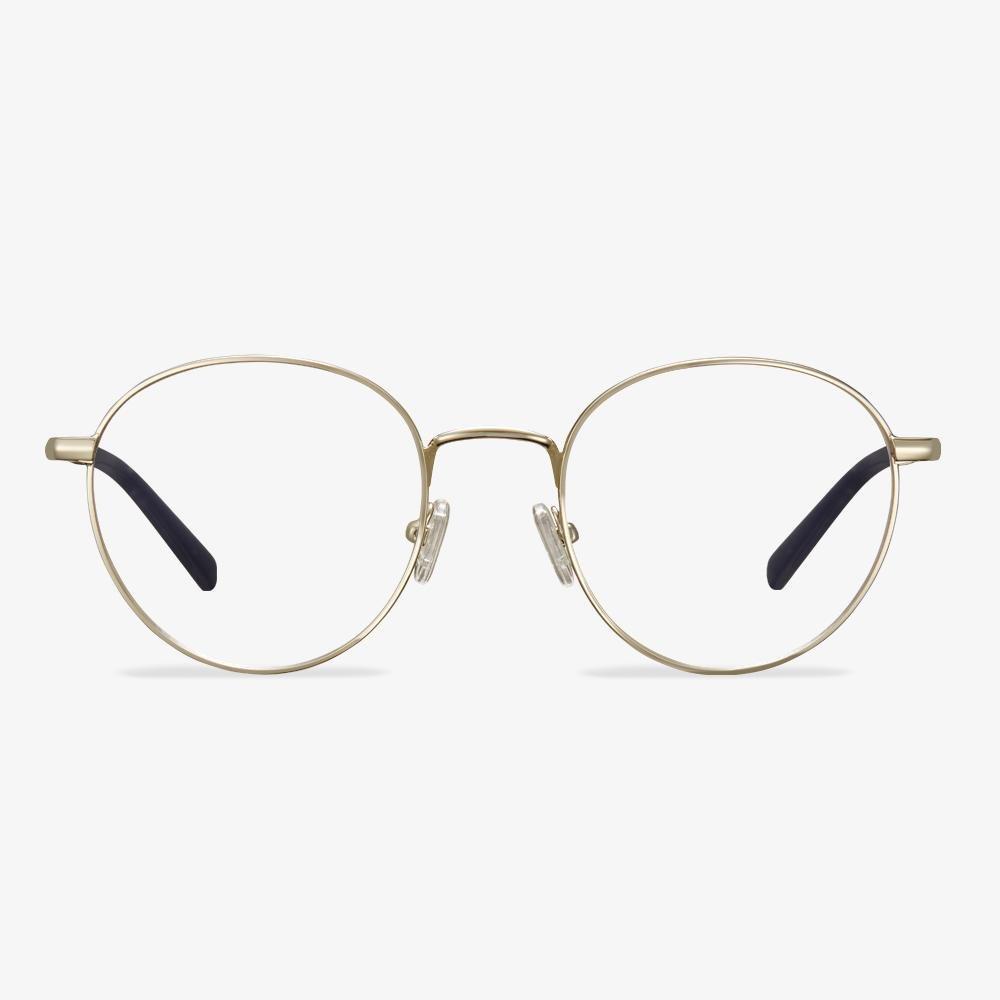What is hard coating on lenses?
Lenses are mainly added in two kinds of film: anti-reflection film and hard film (and some manufacturers produce anti-fogging film and mirror film, but not common). The anti-reflective film is mainly by coating the front surface of the lens with multiple layers of transparent materials with different refractive index and thickness to reduce the excess reflected light on the surface of the lens, by using the principle of light interference. The film can be applied to both glass and resin lenses. The way of hard film plating is usually a soaking process. After many times of soaking and cleaning, soaking in an organic solution containing ultrafine silicon element for a certain time, and then keeping it at a certain temperature for 4-5 hours, the fixed polymerization process of the film has been completed. The surface wear resistance of CR-39 coating can be increased by 2-4 pH, which is similar to the hardness of optical glass lenses.
Evolution of hard coating technology
The first generation of the use of hard coating technology began in the early 1970s, the quartz material is deposited on the surface of a resin lens under vacuum conditions, form a very hard anti-wear film. However, due to the mismatch between the thermal expansion coefficient and the film base material, it is easy to delaminate and crack the film. Instead, it forms the mottle on the surface of the lens, and the effect is not optimal.
The second generation of hard coating technology is the use of the 1980s. The surface of the resin sheet is coated with a material with high hardness and not easy to be brittle and cracked by an immersion process. At this time, anti-reflection coating lenses had appeared and gained the recognition of consumers, but the mismatch between adding hard coating and anti-reflection coating still caused serious lens wear.
The third generation of hard coating technology was developed in the 1990s, mainly in order to solve the problem of wear resistance after coating resin lenses with an anti-reflection film. The hardened material evolved into a polymer organic matrix material.
Fourth-generation coating technology is dominated by silicon atoms, in which the hardened solution contains both organic substrates. It contains inorganic ultrafine particles, including silicon elements, which make the hard coating not only tough but also hard.
Best Titanium Eyeglasses Frames Brand - LUNOR
LUNOR, a traditional eyewear brand from Germany's Swabia region, has become a favorite of Hollywood stars. Because at the heart of each product is a classic vintage design, equally unique and timeless, reflecting a true passion for processing.With hundreds of years of eyewear history, each piece of this brand is a tribute to traditional eyewear manufacturing.
Square face with round glasses
The square face belongs to the type of facial lines or tough, which looks a bit unnatural. For this type of face, it is best to choose round glasses because a round shape can make your facial lines softer and add a little femininity. The most suitable glasses for a square face are round, but the size of this round is also very particular. If you have a wider face, it is better to choose larger glasses, which can better modify the face and make the face smaller.
Disadvantages of Progressive Lenses
It is limited in applicable range. Progressive multi-focus lenses have no limit in strength and can be worn for myopia, presbyopia, or moderate astigmatism, but they are not suitable for everyone. Now there are more than two categories of asymptotic focus lenses, one is hard and the other is soft. A person who can understand and adapt to the temporary discomfort that progressive multi-focus lenses begin to produce can have a pair of glasses. If you have severe symptoms such as high blood pressure, dizziness, or have a misunderstanding on progressive multiple focal lenses, and you are unwilling to adapt to them, it will be difficult to try.
Why are rimless glasses so expensive?
Although the overall volume of materials selected for rimless glasses is a little less, the special structure of rimless glasses requires much higher physical properties (flexibility, surface texture, etc.) and processing accuracy than TR, PEI, and other materials. Rimless glasses require higher quality lenses. For example, lens materials with a refractive index of 1.56 tend to be brittle for rimless glasses and should be chosen with caution. Generally speaking, the time of processing about three pairs of half-frame glasses is equal to the time of processing of a pair of rimless glasses.
Essilor Lenses
'Seeing the world better' is the goal that Essilor has always pursued, and 'people-oriented, winning with quality' is the basic point of Essilor's business philosophy. Essilor believes that the competition of talents is the foundation of all competitions. Only the personnel with professional ethics and professional ability can a company start from nothing and grow from small to large. The establishment of brand image and recognition by consumers can become a reality. Therefore, Essilor does not aim at a short-term profit, but focuses on the establishment of the company and brand, with long-term market share as the main goal. At the same time, they establish a good relationship with retailers and distributors, so that they can develop together for a long time, and pursue a real 'win-win'.
Essilor’s flagship brands include Varilux, Crizal, Airwear, etc. Varilux myopia lenses are mainly progressive lenses with super high refractive index and high-quality visual field, and the lenses are ultra-light and ultra-thin. Crizal lenses have excellent anti-fouling, abrasion resistance, anti-glare functions, and good light transmittance. Airwear lenses are PC lenses, and their chemical name is polycarbonate, which is a thermoplastic material. PC lenses are extremely tough and will not break (2cm can be used for bullet-proof glass), so they are also called safety lenses, which are currently the lightest materials used for lenses.

























